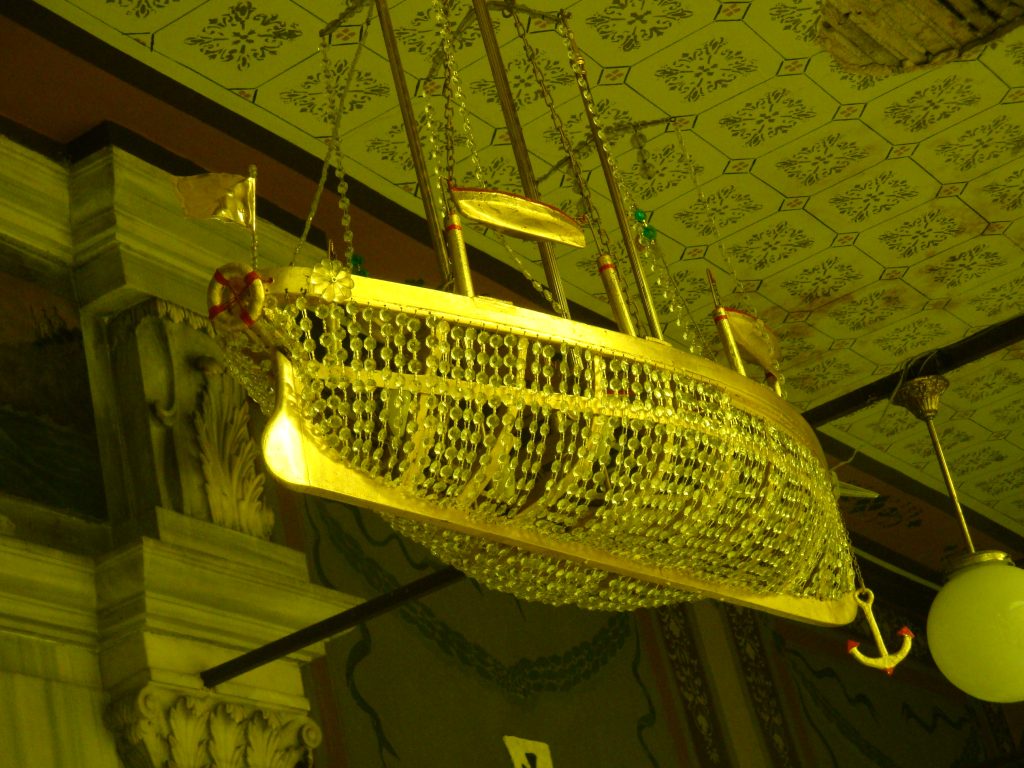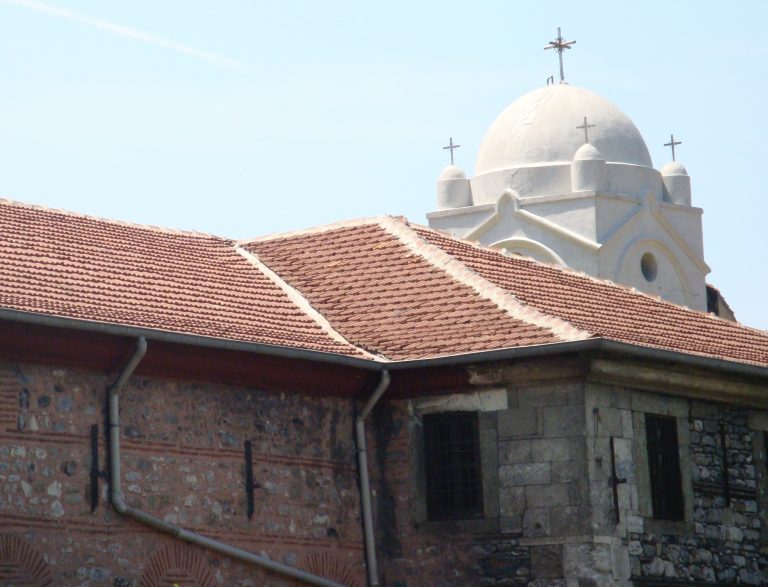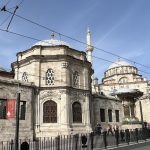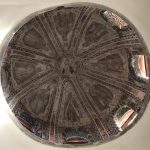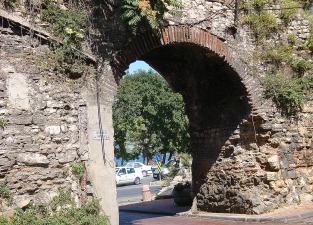 Cibali is the area immediately beside the Atatürk Bridge on the southern side of the Golden Horn. It’s also known as Unkapanı, a name that probably contains an echo of the wheat (un) that was once offloaded from ships here. Constructed in 1940, the bridge is no great beauty but does provide quick access to Azapkapı on the opposite shore.
Cibali is the area immediately beside the Atatürk Bridge on the southern side of the Golden Horn. It’s also known as Unkapanı, a name that probably contains an echo of the wheat (un) that was once offloaded from ships here. Constructed in 1940, the bridge is no great beauty but does provide quick access to Azapkapı on the opposite shore.
Cibali’s water-facing side is completely dominated by the huge stone building that was once the Cibali Tobacco Factory and is now the Kadir Has University, containing a small museum and art gallery. Behind it are a few minor Ottoman monuments. Otherwise the main attraction here is the large Gül Cami that started life as the Byzantine Church of St Theodosia.
The main road along the waterfront used to be named after the Turkish military leader, Abdülezel Paşa (1827-97), but has now been renamed in memory of the industrialist, Kadir Has (1921-2007), founder of the Akbank. On a sunny day strolling along the waterside promenade and looking across to the monuments on the other side of the Golden Horn is a particular joy.
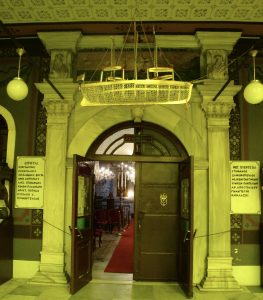 Around Cibali
Around Cibali
Just to the west of the bridge stands the tobacco factory that was erected in 1884, providing work for many local Greek women. It was nationalised in 1925 and finally closed in 1995, reopening in 2002 as a private university. Old photographs on the walls of the cafe show the factory in its heyday when, rather like the Kapalı Çarşı (Grand Bazaar), it was a world within a world with its own shops, cafes, hospital and even police force. If you’re interested in local archaeology you may want to pop inside to visit the small but well presented Rezan Has Museum (admission free) that showcases finds from the Neolithic to Selçuk periods in the remains of an 11th-century cistern and a 17th-century hamam. You’ll need your passport to get in. You will usually be able to grab a temporary exhibition in the hall above the museum too.
Immediately beyond the university you start to see shattered, soot-blackened fragments of the old Byzantine Sea Walls. The Cibali Gate (Cibalikapı) that leads through them is said to have been hand-carved on the day of the Conquest of Constantinople in 1453 by a man called Cebe Ali after whom the suburb was then named. His tomb can still be seen here.
Near the Gate – and easier to spot from across the road – is the early 19th-century Greek Orthodox Church of Hagios Nikolaos which was built right up against the Walls. Inside a courtyard offers access to the church itself and to an ayazma dedicated to St Haralambos. A decorative model ship hanging in the narthex will have been left there as a thank-you from a mariner grateful to be safely home again.
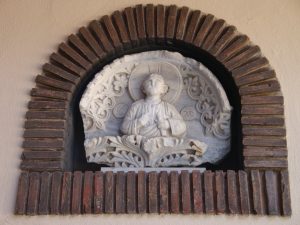
If you go through the Gate, turn left and walk behind the old factory you will come to the garden tomb of the 16th-century mystic, Emir Ahmed Buharı, which still attracts many pilgrims. Beyond it is the 18th-century Şazeli Tekke Cami, once home to a dervish order.
If instead you walk straight ahead from the gate and then turn left you should come to the Byzantine Gül Cami.
The Gül Cami (Rose Mosque) probably started life in the 10th century as the Church of St Theodosia whose feast day was 29 May, the very day on which it became obvious that Constantinople would not be able to hold out against the forces of Sultan Mehmed the Conqueror. In their fear, the city’s Greek inhabitants flocked to the church and filled it with roses as they prayed to the saint for salvation. When the Ottomans rode up to the church they found the flowers still in place, hence the name they gave it when they converted it into a mosque.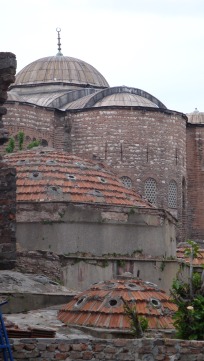 Gül Cami & Küçükmustafapaşa Hamamı
Gül Cami & Küçükmustafapaşa Hamamı
Continuing along the coast road you will come to Küçükmustafapaşa where a huge hole was bashed through the Sea Walls to allow access to the road running uphill to Fatih and Çarşamba. Near here stand the battered relics of the large Küçükmustafapaşa Hamamı, still awaiting renovation. It is believed to date back to the early 16th century and for many years was used for storage by the wood-workers who lived around here.
Transport info
Frequent buses run along the Golden Horn coast road from Eminönü passing through Cibali.
Nearby areas
